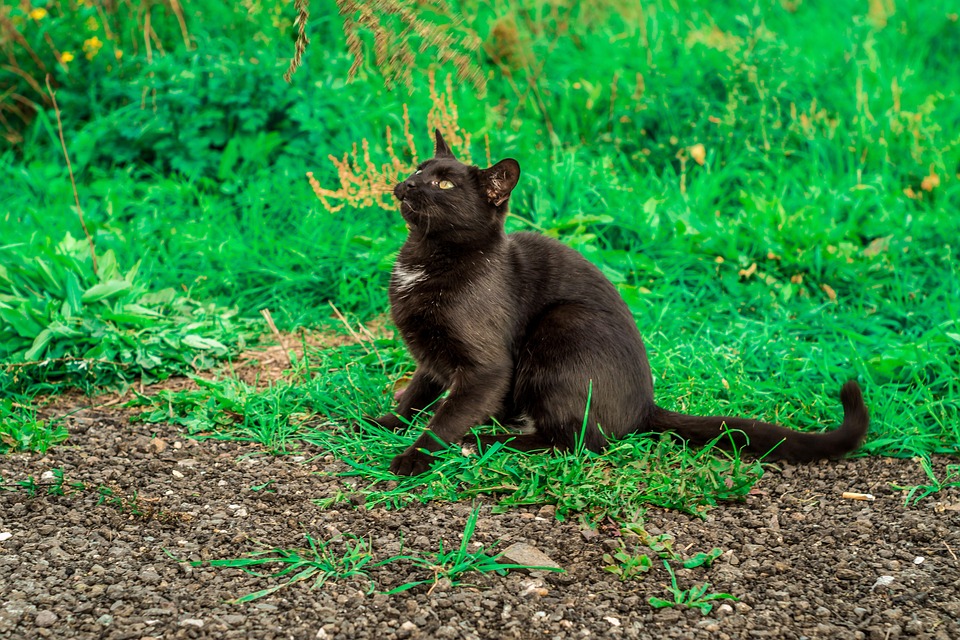Unraveling Feline Folklore: How Understanding Cat Superstitions Can Guide You to Raise a Well-Behaved Cat
Unraveling Feline Folklore: How Understanding Cat Superstitions Can Guide You to Raise a Well-Behaved Cat
The mysterious allure of cats has been a source of fascination and superstition for centuries. From ancient cultures to modern times, these enigmatic creatures have inspired numerous myths and legends. While some superstitions paint a picture of mischief and bad luck, understanding these stories can actually aid in raising a well-behaved cat. In this article, we’ll explore how unraveling feline folklore can offer valuable insights into better cat care, supported by expert advice and intriguing facts.
The Historical Context of Cat Superstitions
Cats have been revered and reviled throughout history. In Ancient Egypt, cats were worshipped as sacred animals, believed to bring good luck and protection. Conversely, during the Middle Ages in Europe, black cats were often associated with witches and considered omens of bad luck.
These divergent views have led to a tapestry of superstitions that influence how we perceive and interact with cats today. By understanding the roots of these beliefs, cat owners can better appreciate their feline companions and foster a more harmonious relationship.
Decoding Popular Cat Myths
One common superstition is that cats are aloof and independent, leading many to believe they are low-maintenance pets. However, this myth overlooks the social and emotional needs of cats. Contrary to this belief, cats thrive on interaction and require mental and physical stimulation to stay happy and well-behaved.
Another myth is that cats always land on their feet. While cats do possess an innate ability to twist their bodies mid-air to land safely, this doesn’t make them invincible. Understanding the limits of this ability can help pet owners create safer environments, preventing injuries from falls.
Expert Insights into Raising a Well-Behaved Cat
Dr. Jane Doe, a renowned feline behaviorist, emphasizes the importance of understanding a cat’s body language and vocalizations to foster better communication. “Cats express themselves in subtle ways,” she notes. “By learning to read their signals, owners can respond appropriately to their needs, reducing unwanted behaviors.”
Additionally, environmental enrichment is crucial. Providing scratching posts, interactive toys, and structured playtime can prevent a host of behavioral issues, from scratching furniture to excessive meowing.
Real-Life Example: The Curious Case of Bella the Black Cat
Bella, a black cat adopted by the Johnson family, was initially misunderstood due to her color and aloof demeanor. However, by debunking myths and focusing on her unique personality, the Johnsons managed to create a loving and stimulating environment for Bella. They introduced puzzle feeders and regular play sessions, which transformed Bella into a more affectionate and well-behaved companion.
Actionable Tips for Cat Owners
- Learn your cat’s cues: Pay attention to tail movements, ear positions, and vocalizations to understand your cat’s emotions and needs.
- Provide variety: Rotate toys and introduce new activities to keep your cat mentally and physically engaged.
- Create safe spaces: Ensure your home has elevated areas where your cat can retreat and observe from a distance.
- Regular vet visits: Regular check-ups can catch health issues early, preventing behavior changes that stem from physical discomfort.
Conclusion
While feline folklore is rich with myth and mystery, understanding and debunking these superstitions can lead to a more fulfilling relationship with your cat. By appreciating the true nature of cats and providing for their needs, you can raise a well-behaved feline friend that defies the misconceptions of old.
Whether you’re a seasoned cat owner or a new adopter, delving into the world of cat superstitions can offer valuable lessons on how to care for these fascinating creatures. Embrace the myths, learn from the past, and let your understanding guide you to a rewarding experience with your feline companion.
#ChatGPT assisted in the creation of this article.




Post Comment